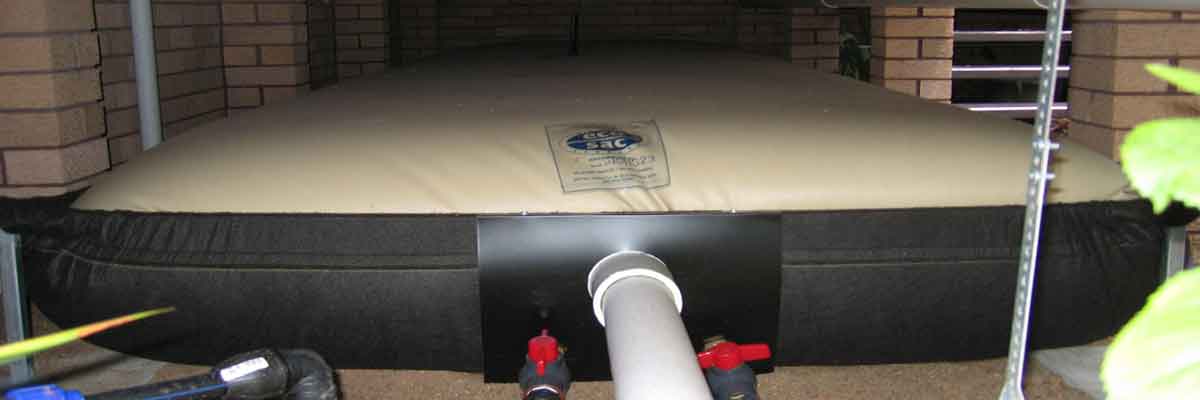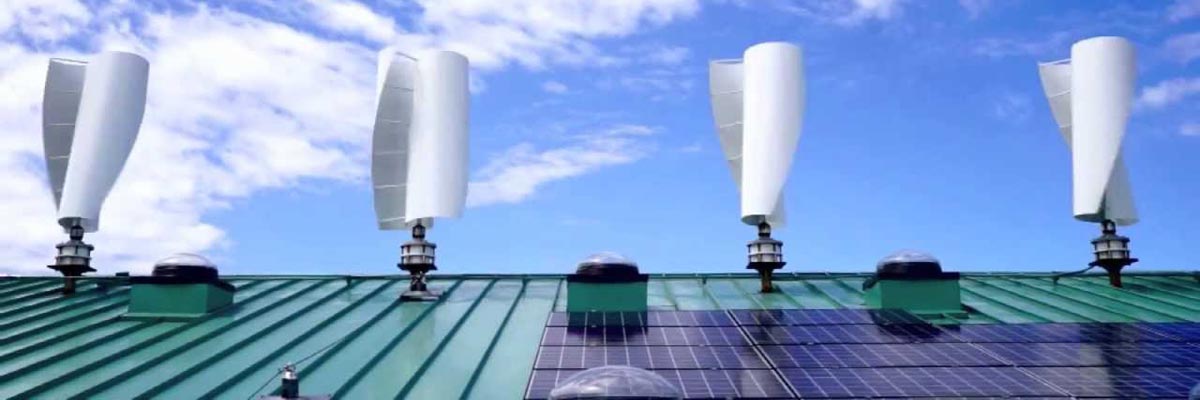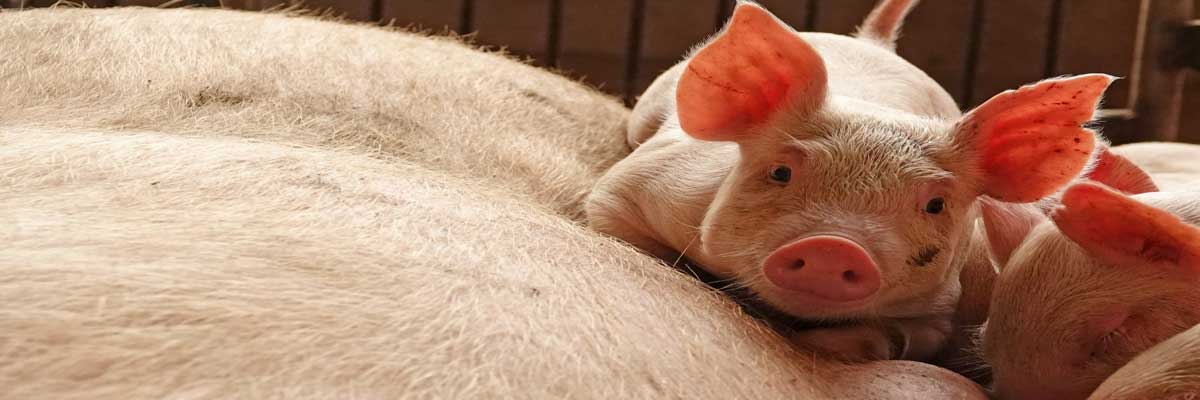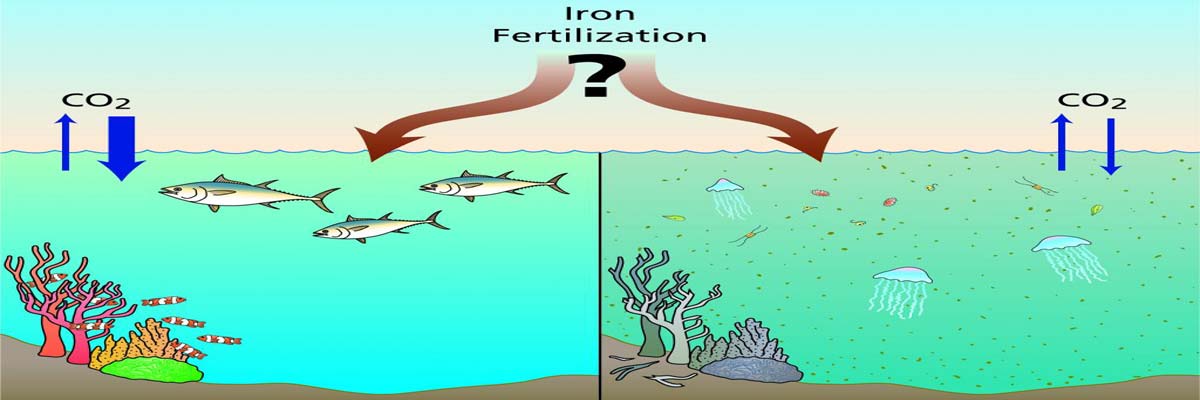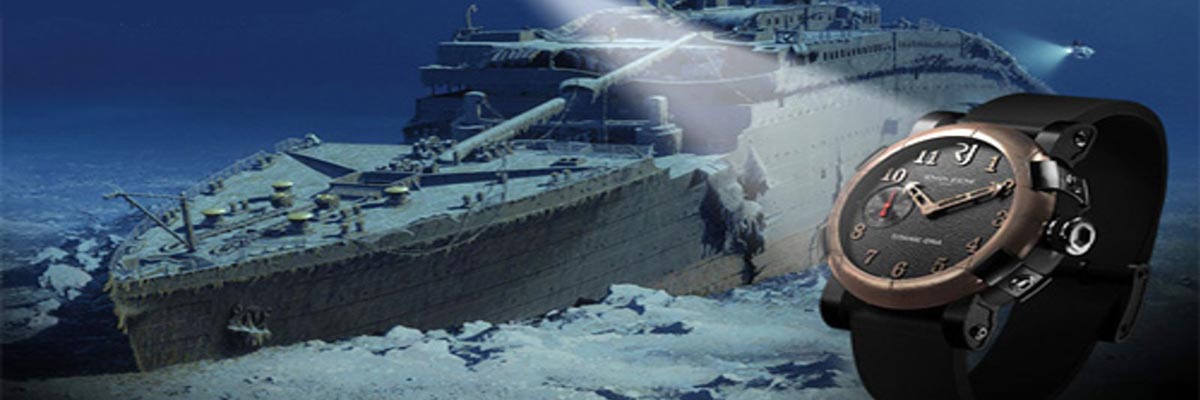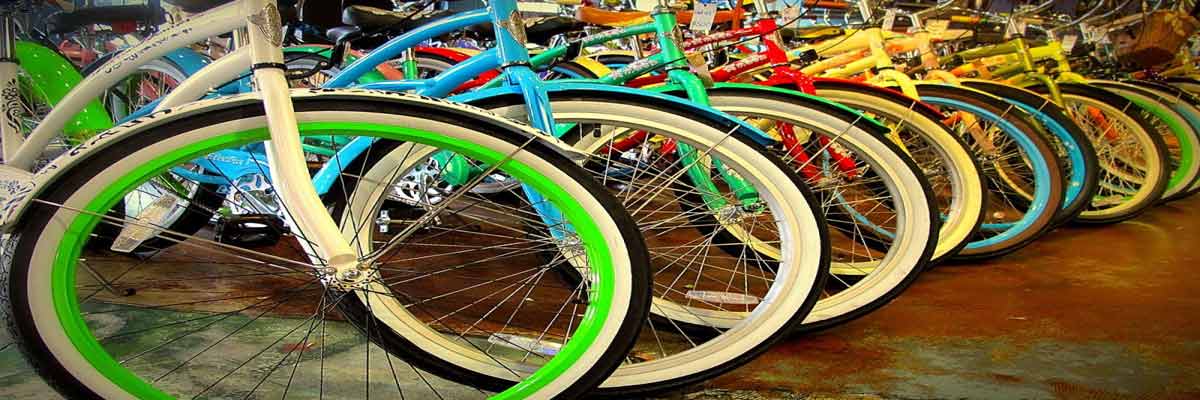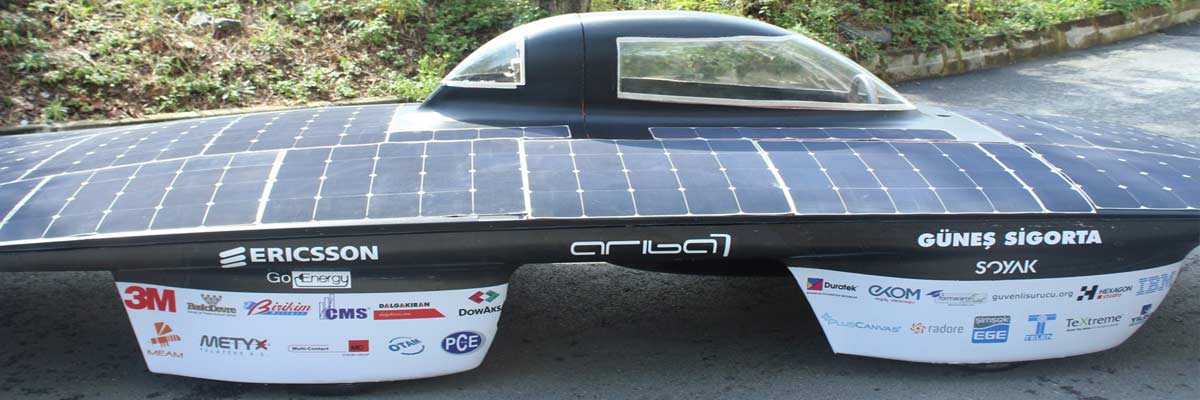The Roots Of Freeganism Part I: Food Waste
Freeganism, the philosophy of non-participation in the capitalist economy through minimization of what one buys, has been getting heaps of press lately, with outlets as high-rolling as the New York Times and the Washington Post running pieces on the subject. But while much recent media coverage focuses on what it’s like to live as a freegan, I’m interested in the forces that freegans are reacting to, and the realities that allow them to sustain their lifestyles. In this four part series, I’ll be examining these questions by looking at food waste, disposable culture, modern work, and the state of community in America.
One night in late November, in the courtyard of a community center in Bushwick, Brooklyn, a bread mountain was constructed. It measured about four feet tall and 10 feet in diameter, the product of a few nights of dumpster diving throughout New York City. Hundreds of rolls, pumpernickel loaves and baguettes lay stacked in various states of edibility, but like so much wasted food in New York City, they would never make it to the people that needed them most.
Growing Power-An Urban Agriculture and Education Center
A few friends of mine from the fledgling Sustainability NPO we recently founded, Sustain Jefferson, spent a few incredible hours touring Growing Power this past Monday. Growing Power is a non-profit Urban Agriculture and Education facility in Milwaukee, WI that claims to grow enough food for 2000 people on 2 acres. With a claim like that I was drawn like a moth to flame. Their website offered some clues to their system-vermiculture, aquaculture, and several greenhouses. The actual tour filled in many of the details and inspired me in a way that I haven’t experienced since I was originally introduced to Permaculture and Bill Mollison several years ago.
What excited me most about Permaculture was the sheer common sense of it all. Taking wastes and turning them into resources is not something we typically think of today. Just as Forests have no waste products, Permaculture strives to promote such perfect systems in human endeavors whether it be designing a garden or linking businesses together via Natural Capitalism. Using the waste of built systems to add energy to another allows you to drastically reduce your time and energy taking care of problems and reap the benefits of one integrated system working in concert is something that continues to fascinate me Aquaponics, especially in the uber simple system that Will Allen of Growing Power sets up, fits the bill perfectly.
Green Ideas We’d Like To See: The Wind Shade Roof
Architect designer Michael Jantzen has created a green oasis of sorts with his wind shade roof concept. Basically, it’s a large oval roof clad in wind turbines that powers whatever is under or around the structure.The particular roof in these concept photos is shown covering a large swimming pool. The integrated turbines would provide power for night lighting, pool maintenance, pumps, temperature control, etc. These would also make really cool pavilions, say, for farmers markets or other functions.
Eco Sac: The Water Bladder For Your Home
If giant rain barrels aren’t aesthetically pleasing or you lack the room for installation, you may want to consider the Eco Sac; a flexible rainwater bladder storage system that hides away under decks or floors. Each sac is manufactured using “industrial strength fabric sealed by high frequency welding.”
According to the site, the eco sac is better than your average rain barrel because a.) it captures water faster than rigid tanks, b.) you can use multiple bladders which all fill at the same rate and at the same time c.) it is guaranteed not to leak and d.) it is algae resistant and the water stored is potable.
Pretty cool idea for those with limited space to capture rainfall. There are 54 different sizes to choose from, ranging from 2,200 liters to 8,600 liters. Apparently, you can join multiple sacs together to get up to 50,000 liters or more water storage.
Much like the portable grey water recycler we wrote about earlier this week, this product is currently only available in Australia. Something tells me however — with the water woes currently affecting parts of the U.S. — that we’ll be seeing more of these stateside shortly.
Best Of Both Worlds: The Bluenergy Solar Wind Turbine
A German company has created what appears to be the first integrated solar vertical axis wind turbine. Obviously, the advantage here is that when one resource isn’t available, the other may still come through to help produce some energy.
The company, Bluenergy AG, based their design on sailing engineering. The wind rotor is rotated by two spiral-formed vanes. According to the site, the installation costs relatively little, produces no noise or significant shadowing, and can be easily maintained from ground level. It also appears that the vertical wings can be lowered horizontal for access as well. One interesting design highlight claimed by the site is that the solar cells are cooled by the rotation of the turbine and thus generate more electricity. Anyone know if this would add significant output?
One Trillion Reasons To Invest In Clean, Green Energy
U.S. Bank Morgan Stanley has estimated that global sales from clean energy sources such as wind, solar and geothermal power and biofuels could grow to as much as $1 trillion a year by 2030. In the meantime, the market may hit $505 billion in sales by 2020 — almost 9 times the level in 2005. Not a bad idea to invest, right?
Well, maybe. While it’s a sure bet that renewable energy will grow in percentage sales of global energy sources; there’s no telling how rapid or sustained such growth might be. Morgan Stanley was clear to indicate that current numbers are based on bullish investments, the rising value of oil, and current worldwide concerns over global warming. A change in any number of these factors could affect the industry. From the article,
Blog Action Day: The Pig Farmer
One of the stories that should circulate the “green” blogosphere, and be posted on everyone’s site. I usually skim longer posts, but when I realized the heart and depth of the writing, I took the time to slow down and read a truly wonderful and heart-wrenching story.
From Celais, by John Robbins:
One day in Iowa I met a particular gentleman—and I use that term, gentleman, frankly, only because I am trying to be polite, for that is certainly not how I saw him at the time. He owned and ran what he called a “pork production facility.” I, on the other hand, would have called it a pig Auschwitz.
The conditions were brutal. The pigs were confined in cages that were barely larger than their own bodies, with the cages stacked on top of each other in tiers, three high. The sides and the bottoms of the cages were steel slats, so that excrement from the animals in the upper and middle tiers dropped through the slats on to the animals below.
Read More
But eating local is so expensive…
Really? Here is a picture of a few things I picked up yesterday. 6 butternut squash. 1 hubbard squash and 15 pounds of sweet potatoes. Set me back $29.
The ad flyer for my local grocery store lists butternut squash at $.49 per pound. I have 27 pounds in my pictures. That works out to $13.23 for the squash. (No comparison for hubbard’s so I included it with the butternut squashes)
In the same ad sweet potatoes are listed at $.69 per pound for a total of $10.35.
Total cost at the store is $23.58. Total cost from the farmer is $29. The difference is that in my case the farmer got the entire $29 instead of a wholesale percentage of the cost.
From the same farmer I also have on order 75 lbs of potatoes. They’ll cost me about $30. That works out to $.40 a pound compared to a sale price in the ad flyer of $.26.
Maybe it’s just me, but I’ll gladly pay that slight premium for fresh local foods that support farmer’s more. The squashes I purchased had just been picked yesterday morning. Now that’s fresh!
Blind People Appeal To Automakers For Noisier Hybrids, Electric Vehicles
A couple months ago, I casually wrote a post wondering aloud if quiet hybrids and electric cars would be a hazard to pedestrians who are visually disabled. After all, it’s quite easy to hear a combustion engine from a distance. Many commenters bashed the post saying that it was stupid to suggest adding some type of small noise to the vehicles. Apparently, these people were not blind.
Today, the Baltimore-based National Federation of the Blind will present written testimony asking for a minimum sound standard for hybrids to be included in the state’s emissions regulations. As the President of the group, Marc Maurer, mentioned, he’s not interested in returning to gas-guzzling vehicles, they just want fuel-efficient hybrids to have some type of warning noise. From the article,
“‘I don’t want to pick that way of going, but I don’t want to get run over by a quiet car, either,’ Maurer said.
How-to Video on Natural Earth Plastering at Dancing Rabbit TV
I caught this video today over at Dancing Rabbit TV. It’s a great look at building your own earthen walls. Head on over for a look:
Part I
New York City Launches Bicycling Awarness Campaign – Look
Last week, the LOOK campaign – which aims to educate the public about bike safety – was launched in Union Square. In an unprecedented collaboration, the NYC Bicycle Coalition, the City Departments of Transportation, Health & Police, the NYC Taxi and Limousine Commission, the Triple AAA, and the Office of the Public Advocate all endorsed the campaign.
StreetFilms personally loves the ads appearing in TimeOutNY and New York Magazine as well as city bus shelters. They are creative and handsome; they stop you in your tracks.
The LOOK campaign ads were created pro-bono by Publicis in Seattle
The Top 5 Nastiest Creatures Getting Stronger Due To Climate Change
When some people think of Global Warming, a vision of comfortable winters, more days at the beach, and less sweaters comes to mind. For those living away from coastal regions, the concerns of hurricanes or sea levels is non-existent. Out of sight, out of mind.
The realities are that climate change will affect each and every one of us. From the ways our communities rely on food produced in other states and nations; to the costs of energy and sourcing of water. But it gets worse. Much worse. We now present to you The Top 5 Nasty Creatures Getting Stronger Due To Climate Change. Some of them seem straight out of science fiction.
The Goat Justice Leage – Fighting for Ruminate Rights!
In recent news from the Seattle Times:
Thanks to the work of the Goat Justice League, ruminants now have the right to life and limited liberty in Seattle.
On Monday, the City Council acknowledged the miniature goat’s attributes as human companion, weed whacker and milk maker, and unanimously voted that the goats could be kept as pets.
“One small step for man, one giant step for goatkind,” said Councilmember Richard Conlin, who sponsored the legislation.
As of late, goats have gained the environmental status of hybrid cars and bovine-growth-hormone-free milk, prized for their ability to mow lawns without using fossil fuels. University of Washington and Seattle City Light recently hired herds to clear slopes of blackberry brambles.
Monday’s vote marked yet another gain for miniature goats, which are about the size of a large dog. Also known as pygmy or dwarf goats, the animals weigh between 50 and 100 pounds and grow to about 2 feet tall. Owners keep them as pets and sources of milk.
I live in a city just outside of Seattle. Recently our fair city adopted Seattle’s domestic animal regulations. This was a big step for our city and the adoption allowed me to keep chickens. Hopefully this change in the regulations in Seattle will filter out into other cities.
My first thoughts of the Goat Justice League:
Is Iron Fertilization The Key To Preventing Global Warming?
Give me half a tanker of iron and I’ll give you the next ice age so said oceanographer John Martin in a famous speech to colleagues during the 80s. Martin was referring to the process of “iron fertilization”; which when applied to the oceans in slurry form promotes vast blooms of algae. The algae in turn consume carbon dioxide as they grow; thus removing more from the atmosphere and preventing climate change. Problem solved? From the article,
“‘There are many critical questions that require both better scientific understanding and an improved legal, economic, and political framework before iron fertilization can be considered either effective or appropriate,’ said Ken Buesseler, a senior scientist in WHOI’s Marine Chemistry and Geochemistry Department and a participant in two iron fertilization experiments at sea. ‘The time is right to bring scientists, policymakers, and commercial interests together to inform each other and the public.”‘
Though common on land, dissolved iron is rarely found in the oceans. This may be for a good reason as no one is exactly sure what massive blooms of algae would do to ecosystems. The Woods Hole Oceanographic Institution (WHOI) is holding a conference this week to determine the benefit of iron fertilization and if it may indeed prove to be a safe, cheap, counter-attack to climate change.
While it’s great to have these weapons in hand, the real silver bullet in preventing pollution and catastrophe is to address our own emissions and practices.
Titanic Being Recycled, Turned Into Watches
We’re all for reuse and recycle, but Romain Jerome’s Titanic DNA Watch is borderline macabre/bizarre. Granted, we really dig the design — but taking actual steel from the titanic and incorporating it into a watch? From the release,
“The watches will have black dial faces thanks to lacquer paint, the ingredients of which consist of coal from the Titanic, while pieces of steel from the vessel will also be used in their creation.
Yvan Arpa, Chief Executive of Romain Jerome, revealed that the number of watches made will be limited to 2,012, to coincide with the centenary anniversary of the sinking of the Titanic, when it struck an iceberg on its maiden voyage from Southampton to New York on April 14th 1912.”
We’re pretty sure these things are not going to be cheap; but if you can’t afford the Heart of the Ocean, this might be your next best bet.
Wal-Mart to Sell Only Concentrated Laundry Detergent
It’s been a busy week for the happy smile, but Wal-Mart released a press release stating that they are going to start selling laundry detergent in concentrated amounts only.
From the article:
Wal-Mart expects to sell only concentrated detergent in all of its U.S.
stores by early May 2008 — more than 800 million units over the next three
years. The transition will occur in waves beginning in the Southern region
in October, extending to the North and Midwest by February and finishing in
East coast states in April 2008. (I assume this should be 2009 but it was like this in the article.)
Read More
The Pentagon Is The Largest Consumer Of Oil In The World
Some interesting facts to pass along regarding the US Military and its consumption of oil. According to a Energy Bulleting report from earlier this year, the Pentagon is the world’s largest consumer of oil. In fact, there are only 35 countries (out of 210) in the world that consume more oil per day than the Pentagon. Here’s the breakdown:
>>Fiscal Year 2006 the Pentagon consumed 320,000 barrels per day of site delivered oil, compared to about 360,000 barrels per day in 2005. While consumption may have gone down, prices skyrocketed from $8.5 billion in ‘05 to $17 billion in ‘06.
>>These figures do not include oil for “fuel obtained at no cost overseas, fuel consumed by contractors, fuel consumed in some leased and privatized facilities, and not last but least oil consumed by certain leased and rented fleet vehicles.”
Read More
I Ride My Bike
Enough with the gloom and doom over peak oil and climate change you say. You want an empowering story of change? Alright here’s an example of a personal adjustment I’ve made in my own life in an attempt to address both the above events because after all, the basic answer to both peak oil and climate change is roughly the same. Stop using fossil fuels; or at least cut way back on using them. But that’s so hard everyone says. It can’t be done. Nonsense. Or as Tom Athanasiou recently said, Change is necessary and because it is necessary it is possible.
I decided 2007 would be the year I got rid of my car. Not completely, but I’ve known for some time that driving a car keeps me dependent on the oil economy and pollutes this planet. I’ve known I needed to cut back on my automotive oil addiction. But it wasn’t until 2007 that I got serious about making change. Here are the numbers for the year so far.
Grooming The (Gen Y) Consumer Generation
As I prepare to head back to school, I’ve been thinking about how interesting it will be to interact with the next generation of students. Many of them will have grown up with the ability to log on to the internet and gain instant information, the ability to contact friends and family at a moments notice, and an overall different perspective on life. Not that I am that much older that they will be, but 10+ years is difference enough to grow up with a completely different set of ideas, beliefs and interests.
I came across a blog post that gives me pause, however. I wonder how many of these students will have spent a lifetime being groomed to grow up and be consumers.
This past weekend I had the occasion to visit a dorm at George Washington University. I hadn’t been in a dorm in years and was shocked at how nice it was. Each room in this particular dorm had its own kitchenette and bathroom. Some rooms have their own washer and dryer. Apparently, this is the norm. When I was in college we were crammed into tiny rooms with no amenities and sharing a bathroom with 6 other girls was the norm. We shared the laundry room with the entire dorm.
Apparently, today’s college students have grown up with certain standards and aren’t going to lower them just because they are in college and away from the comforts of home. In fact, they expect those comforts to follow them there. When deciding where to go to college, dorms and dining halls play as much a part as do the classes and football team.
The Venturi Astrolabe: A Street-Legal Formula One Solar Car
With a top speed over over 70mph and a range of almost an equivalent amount, the Veunturi solar car allows you to draw stares while commuting to work in Formula One style. 3.6 sqm of photovoltaic cells operating at 21% efficiency work to power what is considered the first ever commercial vehicle that’s capable of using absolutely no fossil resources. From the site,
“Capable of working with very little energy (16 kWc motor) and of recharging even when in motion, this vehicle of another era does not need to be permanently exposed to the sun in order to move. Its last-generation NiMH Venturi NIV-7 batteries ‘liquid cooled’ in fact enable it to restitute stored energy, whether solar or from the electricity supply, making it the first electro-solar hybrid vehicle. To attain this level of performance while using very little energy, Astrolab has been designed like a Formula 1 : its carbon monocoque chassis is ultra-light and serves as an oversized protection cell ensuring the safety of its occupants in the event of a collision. Its profile recalls the aqua-dynamic design of great racing yachts.”
Yum.



